News Beat
News Beat reporting is an idrw.org initiative to let our Readers to report News Based on Actual facts but some how has not been reported in Main Stream Media .
SOURCE: RAUNAK KUNDE / NEWS BEAT / IDRW.ORG
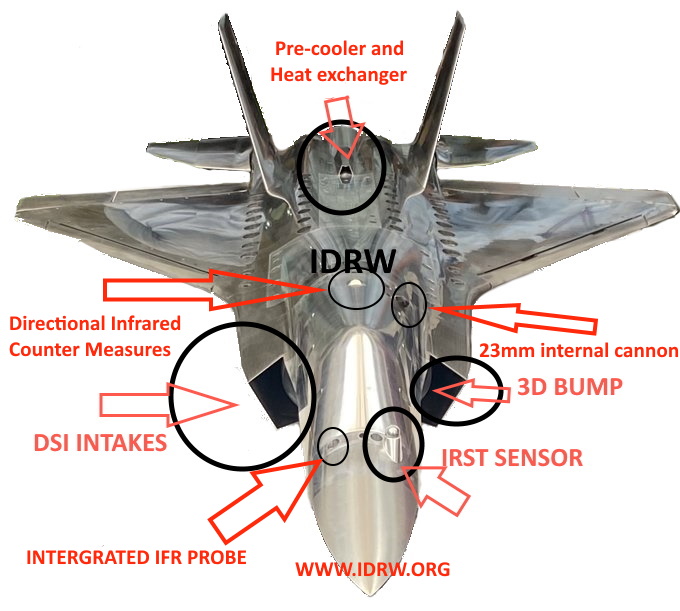
The Aeronautical Development Agency’s (ADA) AMCA program is making significant strides towards a future-proof fighter jet. The project team is prioritizing two key features: spiral upgrades and modular design, ensuring the aircraft’s continued relevance for years to come.
idrw.org has been told that the AMCA’s design allows for incremental capability additions through “Blocks.” New features and functionalities can be integrated over time, eliminating the need for a complete overhaul until a Mid-Life Update (MLU).
Continue readingSOURCE: RAUNAK KUNDE / NEWS BEAT / IDRW.ORG

The Defence Research and Development Organisation (DRDO) is setting its sights on high-powered directed-energy weapons (DEWs). This development comes as part of a well-defined roadmap with short–, medium-, and long-term goals for harnessing this next-generation military technology.
The current focus is on developing DEWs with a significant power increase, targeting a range of 30-50 kilowatts. This substantial leap in power signifies a move towards more potent DEWs capable of tackling a wider range of threats.
Continue readingSOURCE: RAUNAK KUNDE / NEWS BEAT / IDRW.ORG

The Combat Vehicles Research & Development Establishment (CVRDE), a leading laboratory of India’s Defence Research and Development Organisation (DRDO), has issued a Request for Information (RFI) for the development of a critical component – an indigenous track system for 70-ton class Armoured Fighting Vehicles (AFVs).
The track system is an essential element of the Running Gear (RG) system in a Main Battle Tank (MBT) like the Arjun Mk-IA. It acts as a closed loop, driven by a sprocket to propel the tank. Each track link comprises various components like track blocks, rubberized pins, pads, connectors, and clamps.
Continue readingSOURCE: RAUNAK KUNDE / NEWS BEAT / IDRW.ORG
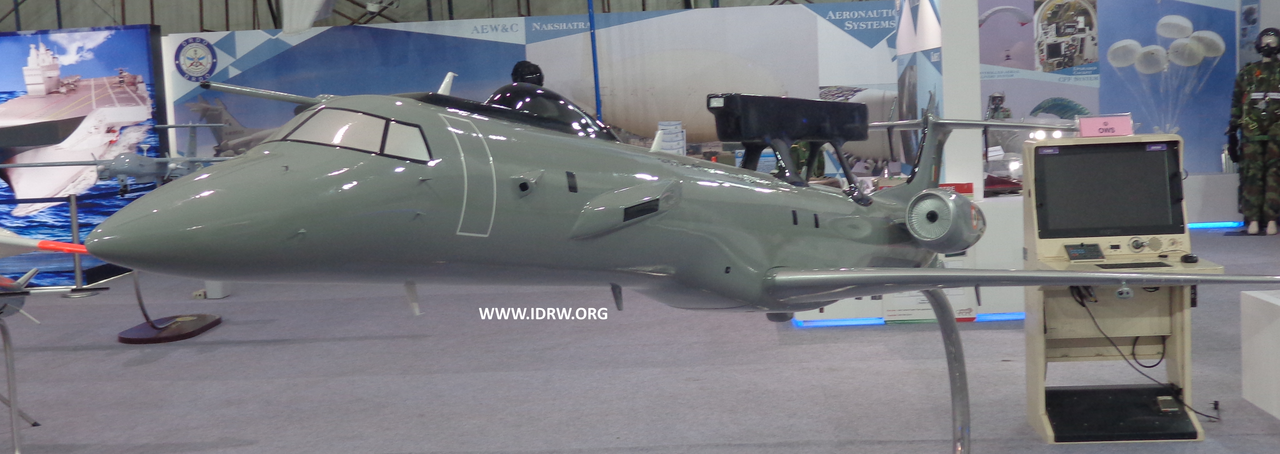
India’s domestically developed Netra Airborne Early Warning and Control System (AEW&Cs) aircraft are generating export interest from South American countries and Indonesia, according to reports. This indigenous platform developed by the Defence Research and Development Organisation (DRDO) has impressed potential buyers with its capabilities.
The Indian Air Force (IAF) has already inducted three Netra AEW&C MkI aircraft into service. These platforms provide crucial airborne surveillance and command-and-control functions, significantly bolstering India’s aerial defence capabilities.
Continue readingSOURCE: RAUNAK KUNDE / NEWS BEAT / IDRW.ORG

The Ministry of Defense (MoD) has taken a significant step towards enhancing the capabilities of its armoured fleet by signing a contract with AVNL for the upgrade of 693 BMP-2 infantry fighting vehicles.
The upgraded BMP-2M variant will feature state-of-the-art armament systems, including an integrated Fire Control System (FCS) and third-generation sighting systems for both the gunner and commander positions.
Continue readingSOURCE: RAUNAK KUNDE / NEWS BEAT / IDRW.ORG
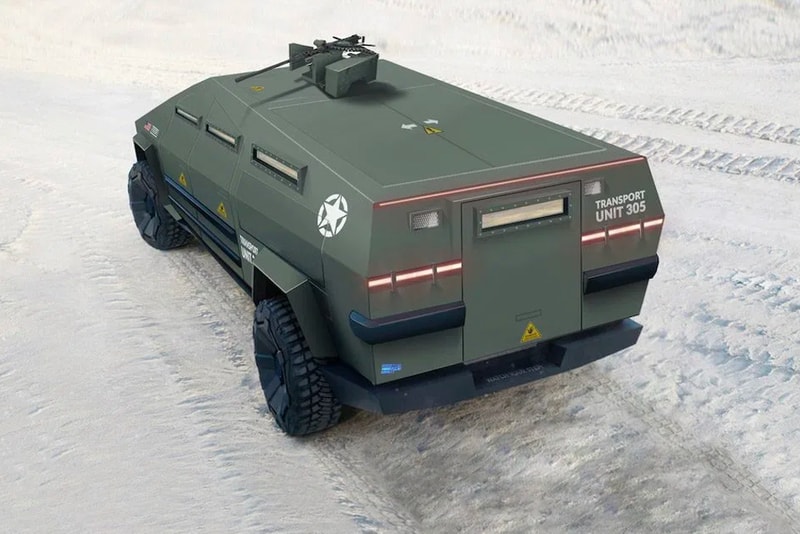
The Indian Army is making strides towards eco-friendly transportation with the induction of electric vehicle (EV) platforms for local deployments in major Indian cities. However, challenges remain for border areas due to limitations in infrastructure and charging facilities.
Recognizing the environmental benefits of EVs, the army has begun integrating them for local transport needs within major cities. This shift reduces dependence on fossil fuels and contributes to cleaner urban environments.
Continue readingSOURCE: RAUNAK KUNDE / NEWS BEAT / IDRW.ORG
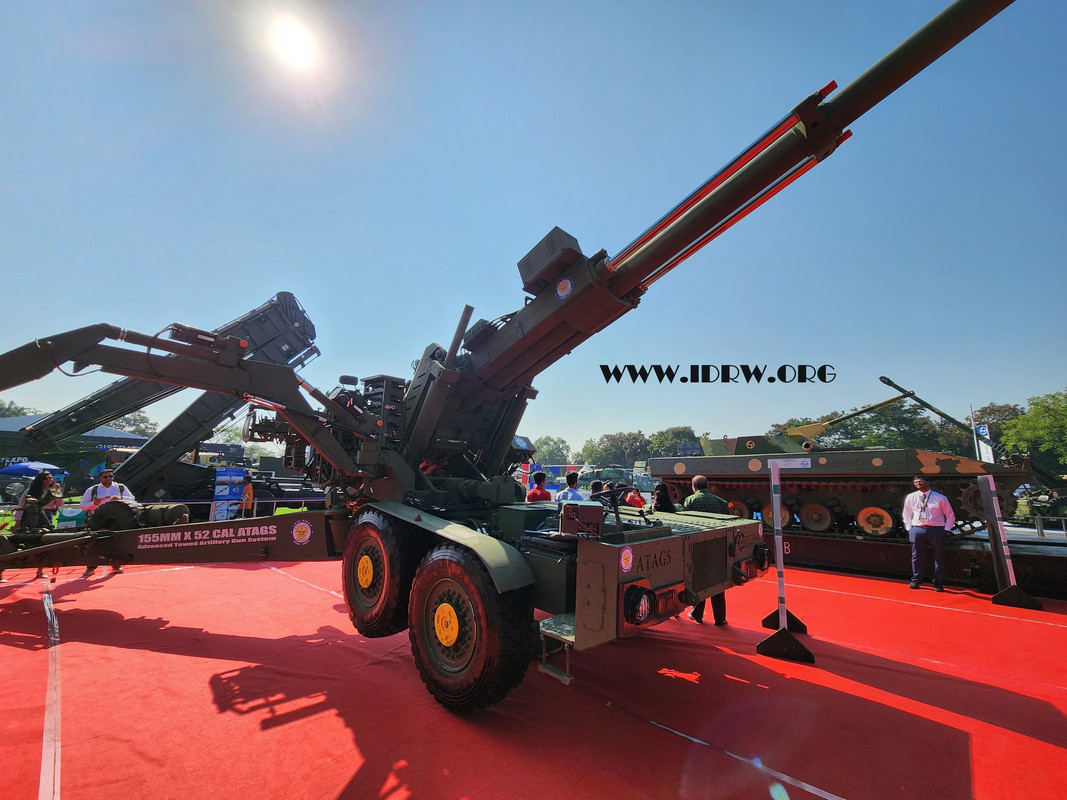
The Armament Research and Development Establishment (ARDE), a division of India’s Defense Research and Development Organization (DRDO), is working on the development of a lighter variant of the Advanced Towed Artillery Gun System (ATAGS). This new 155 mm x 52 calibre howitzer gun aims to meet the Indian Army’s requirements for next-generation Towed Gun Systems (TGS) by adhering to a weight limit of under 15 tons, as stipulated in the army’s tender.
The ATAGS, known for its advanced capabilities and firepower, has garnered attention for its effectiveness on the battlefield. However, its weight of around 18 tons posed a challenge for mobility and deployment, prompting the development of a lighter variant to address the army’s specific requirements.
Continue readingSOURCE: RAUNAK KUNDE / NEWS BEAT / IDRW.ORG

The first glimpses of the NAMICA MK2, the next iteration of India’s indigenously developed anti-tank missile carrier, have surfaced online. Compared to its predecessor, the MK2 brings a mix of firepower and revised functionality.
The most striking difference lies in the armament. The NAMICA MK1 sported six NAG anti-tank guided missiles (ATGMs). In contrast, the MK2 opts for a four-launcher configuration. This reduction is offset by the introduction of a 30mm cannon, providing the NAMICA MK2 with a robust countermeasure against lighter Armoured vehicles and fortifications.
Continue readingSOURCE: RAUNAK KUNDE / NEWS BEAT / IDRW.ORG

The Indian Army and the Defence Research and Development Organisation (DRDO) are reportedly collaborating on a fast-track mission to develop new long-range rockets. These rockets, with ranges of 120 kilometres (74 miles) and 300 kilometres (186 miles), could see developmental trials as early as 2025.
This initiative prioritizes speed, with both programs categorized as “fast-track mission mode.” This urgency suggests a potential need to address emerging strategic requirements.
Continue readingSOURCE: RAUNAK KUNDE / NEWS BEAT / IDRW.ORG

India’s long-delayed Intermediate Jet Trainer (IJT) program, spearheaded by Hindustan Aeronautics Limited (HAL), might finally be taking flight. Sources close to the project have indicated to idrw.org that production could be nearing reality after the IJT undergoes a significant redesign and upgrades.
The program is expected to complete all developmental trials following a major overhaul. This overhaul included a redesign of the IJT’s tail section and substantial upgrades to its avionics and other systems. These changes address concerns raised earlier regarding the aircraft’s performance.
Continue readingSOURCE: RAUNAK KUNDE / NEWS BEAT / IDRW.ORG
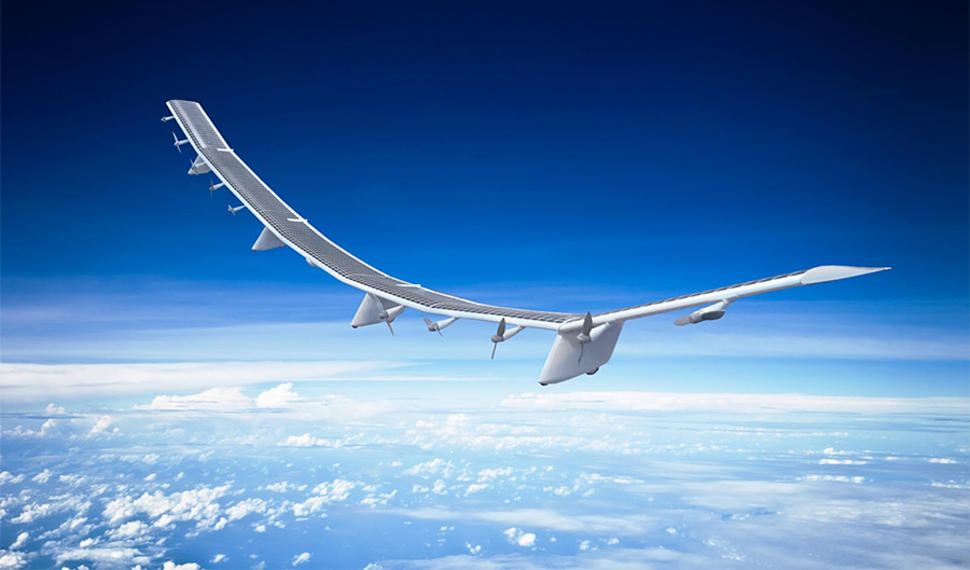
In a move that could revolutionize aerial surveillance and communication in India, Abu Dhabi’s Mira Aerospace and Indian startup VEDA Aeronautics have joined forces to develop a strong foothold in the High-Altitude Pseudo Satellites (HAPS) market.
HAPS are solar-powered drones designed to operate for extended periods in the stratosphere, offering a unique combination of benefits over traditional satellites and drones. They can provide persistent coverage over a large area without the complexity and cost of launching a satellite while offering greater endurance than conventional drones.
Continue readingSOURCE: RAUNAK KUNDE / NEWS BEAT / IDRW.ORG
Leaked sketches have revealed India’s progress on a crucial element of its long-range surface-to-air missile (LRSAM) program. The Defence Research and Development Organisation (DRDO) is developing a mobile High Power Radar (HPR) designed to bolster the Indian Air Force’s (IAF) air defence capabilities.
This HPR system could be a vital component of the upcoming LRSAM program. The radar, with a weight of 30 tons and a transportable antenna measuring 10 meters by 6 meters, will provide superior detection capabilities. The carrier vehicle boasts a 60-ton load capacity and a travel speed of 20 kilometres per hour, ensuring mobility for deployment across various terrains.
Continue readingSOURCE: RAUNAK KUNDE / NEWS BEAT / IDRW.ORG

India’s ambitious 5th generation Advanced Medium Combat Aircraft (AMCA) program will be taking a crucial step towards achieving true aerial dominance. A key feature of the AMCA will be Low Probability of Intercept (LPI) technology, a cornerstone of modern stealth aircraft.
LPI radars are a cornerstone of modern aerial warfare. They function by minimizing an aircraft’s radio frequency (RF) emissions, making them significantly harder to detect by conventional radar systems.
Continue readingSOURCE: RAUNAK KUNDE / NEWS BEAT / IDRW.ORG

Dr Avinash Chander, a former head of the Defence Research and Development Organisation (DRDO), has reignited discussions regarding the development of a longer-range tactical ballistic missile. Dr Chander, while speaking to Nitin A. Gokhale of Bharat Shakti, proposed the development of a tactical missile with a range of 1200 to 1500km. He emphasized the potential for a cost-effective approach to this project.
India’s existing tactical missile arsenal includes the Pralay, a short-range ballistic missile with a maximum range of 500km. This missile is specifically designed for battlefield deployment and will be integrated into the Integrated Rocket Force (IRF).
Continue readingSOURCE: RAUNAK KUNDE / NEWS BEAT / IDRW.ORG
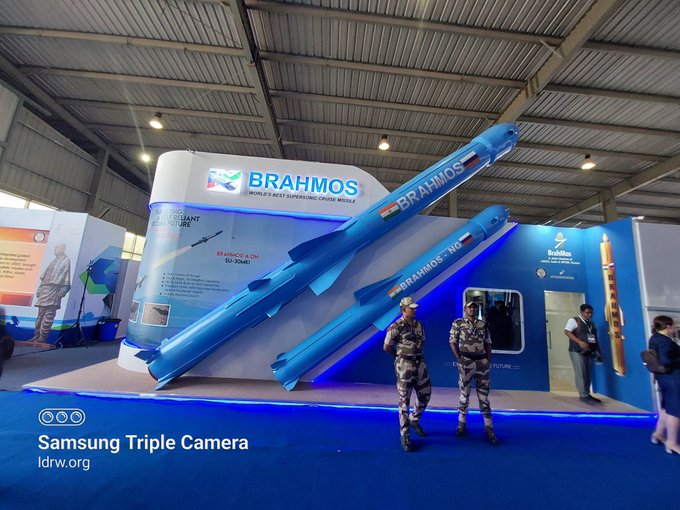
India’s BrahMos Corporation is gearing up for a significant advancement in its missile technology with the New Generation (NG) BrahMos cruise missile. This lighter and smaller variant of the existing BrahMos promises enhanced capabilities for the Indian Air Force.
As per recent announcements by Atul Dinkar Rane, Director General of DRDO and CEO & MD of BrahMos Aerospace, the BrahMos NG is on track for a series of crucial tests. By mid-2025, the program expects to commence drop and dummy testing. These initial trials focus on validating the missile’s aerodynamic design and separation mechanism from the launch platform before progressing to powered flight.
Continue reading